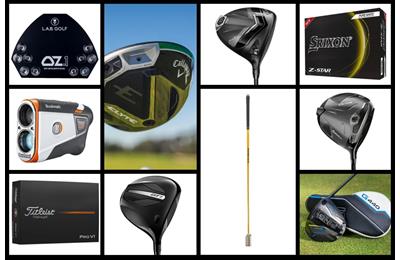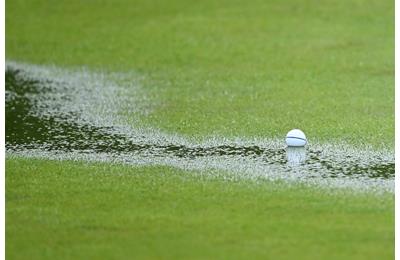The real reason tour pros want their own YouTube channels
Written by Rob McGarr on Thursday 3 July 2025
YouTube isn’t just for amateurs. Discover why top golfers are launching their own channels – and what it means for the sport. Not so long ago, the idea of a major champion launching a YouTube channel would have sounded absurd. Imagine prime Tiger Woods taking a break from dominating the PGA Tour to film himself hitting flop shots with a fishing...



















